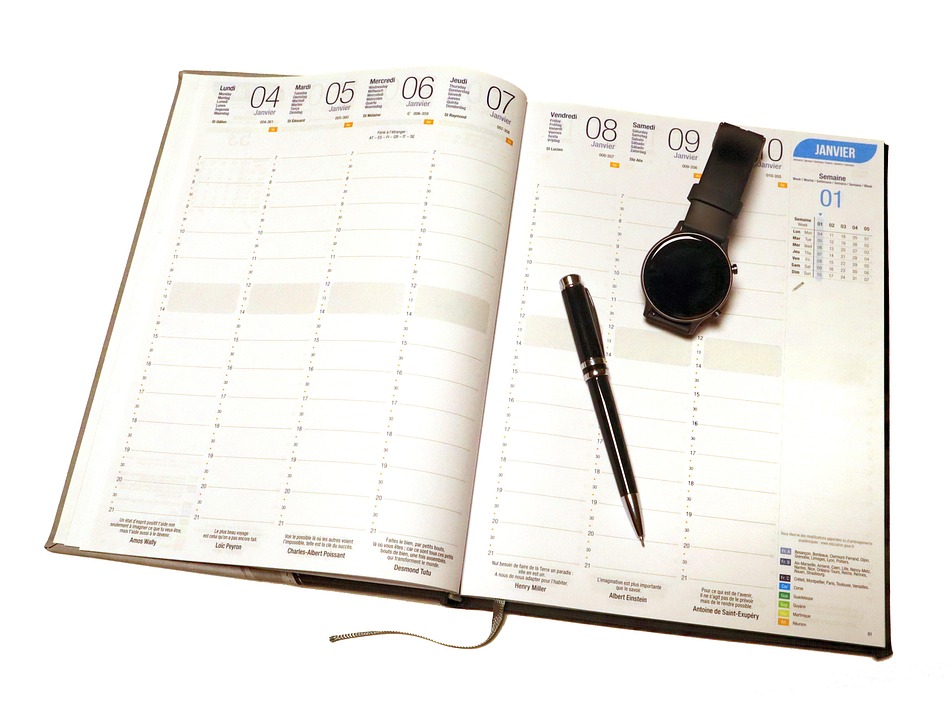In today’s fast-paced world, stress management is essential for maintaining both mental and physical well-being. Stress not only impacts our mood but can also lead to unhealthy cravings, particularly for sugary or high-fat comfort foods. In this article, we’ll explore the top 10 strategies to manage stress and reduce cravings effectively. By integrating these techniques into your daily life, you can cultivate a calmer mindset while also making healthier choices.
Understanding the Connection Between Stress and Cravings
When we experience stress, our bodies react by releasing cortisol, a hormone that can increase appetite and cravings for high-calorie foods. Understanding this connection can help you devise effective strategies to combat stress and reduce those overwhelming cravings.
Strategy 1: Practice Mindfulness and Meditation
What is Mindfulness?
Mindfulness is the practice of being fully present in the moment, which can significantly reduce stress levels. Techniques like meditation, deep breathing, and progressive muscle relaxation can help calm your mind and body.
Benefits of Mindfulness:
- Decreases anxiety and depression
- Lowers stress levels
- Reduces impulsive eating
Tip: Start with just 5 minutes a day and gradually increase your practice time.
Strategy 2: Engage in Regular Physical Activity
Why Exercise?
Exercising releases endorphins, which are natural mood lifters. Various forms of activity, from walking to yoga, can effectively manage stress.
Recommended Activities:
- Aerobic exercises: Running, cycling, or dancing
- Strength training: Building muscle can enhance mental resilience
- Yoga: Combines physical movement with breath control
Tip: Aim for at least 30 minutes of moderate exercise most days of the week.
Strategy 3: Prioritize Sleep Hygiene
Sleep’s Role in Stress Management
Quality sleep is critical for mental health. Lack of sleep can heighten stress levels and lead to poor dietary choices driven by cravings.
Tips for Better Sleep:
- Establish a consistent sleep schedule
- Create a relaxing bedtime routine
- Limit screen time before bed
Tip: Aim for 7-9 hours of sleep per night to maximize mental clarity and emotional stability.
Strategy 4: Balanced Nutrition
Eating to Reduce Stress
A diet rich in whole foods—fruits, vegetables, lean proteins, and whole grains—supports brain health and helps regulate mood.
Foods to Include:
- Lean proteins: Chicken, fish, and legumes for sustained energy
- Healthy fats: Avocados and nuts to support brain function
- Complex carbohydrates: Whole grains that can boost serotonin levels
Tip: Keep healthy snacks on hand to fend off cravings before they arise.
Strategy 5: Stay Hydrated
The Importance of Water
Dehydration can lead to fatigue, irritability, and cravings for unhealthy foods. Drinking enough water can alleviate these issues and improve your overall mood.
Tips for Staying Hydrated:
- Carry a reusable water bottle
- Set reminders to drink water regularly
- Add flavor with slices of lemon or cucumber
Tip: Aim for at least eight 8-ounce glasses of water a day.
Strategy 6: Social Connections
Building a Support Network
Strong social ties can provide emotional support and reduce stress. Engaging with friends and family can divert attention away from cravings.
Ways to Foster Connections:
- Schedule regular catch-ups with loved ones
- Join clubs or community groups that interest you
- Volunteer for a cause you’re passionate about
Tip: Make an effort to reach out to at least one friend each week.
Strategy 7: Manage Your Environment
Creating a Stress-Free Space
Your surroundings can significantly impact your stress levels and cravings. Keeping a clutter-free and calm environment can enhance well-being.
Tips for Managing Your Environment:
- Organize your living area
- Create a designated relaxation space
- Avoid triggers, like keeping junk food out of sight
Tip: Add calming elements like plants or pleasant scents to your space.
Strategy 8: Journaling
The Power of Written Reflection
Writing down feelings can help you process emotions and relieve stress. Journaling can also help identify triggers for cravings.
Types of Journals to Consider:
- Gratitude journals: Focus on positive aspects of your life
- Food journals: Track your eating habits and cravings
- Emotional journals: Reflect on your thoughts and feelings
Tip: Spend 10 minutes a day journaling for mental clarity.
Strategy 9: Structured Meal Planning
The Benefits of Planning
Planning meals ahead of time can help you make healthier choices and reduce impulsive eating driven by cravings.
Steps for Effective Meal Planning:
- Choose a specific day to plan your meals
- Create a shopping list to avoid unhealthy impulse buys
- Batch cook healthy meals for busy days
Tip: Consider meal prepping as a fun family activity!
Strategy 10: Seek Professional Help if Needed
When to Seek Support
If stress and cravings become overwhelming, it may be beneficial to speak with a mental health professional or nutritionist. They can offer personalized strategies and support.
Possible Professionals to Consult:
- Therapists or counselors for emotional support
- Registered dietitians for nutritional guidance
Tip: Don’t hesitate to seek help—vulnerability can be a sign of strength.
Conclusion
Managing stress and reducing cravings is a multifaceted task that requires consistent effort and intention. Adopting these top 10 strategies to manage stress and reduce cravings can significantly improve your overall quality of life. Remember, it’s about progress, not perfection. Start with one or two strategies, and gradually integrate more as you become comfortable. By doing so, you can cultivate a healthier mindset, leading to better choices and a happier life.
Ready to take charge of your stress and cravings? Begin your journey today!








 Weight Loss, Unlocked.
Weight Loss, Unlocked.